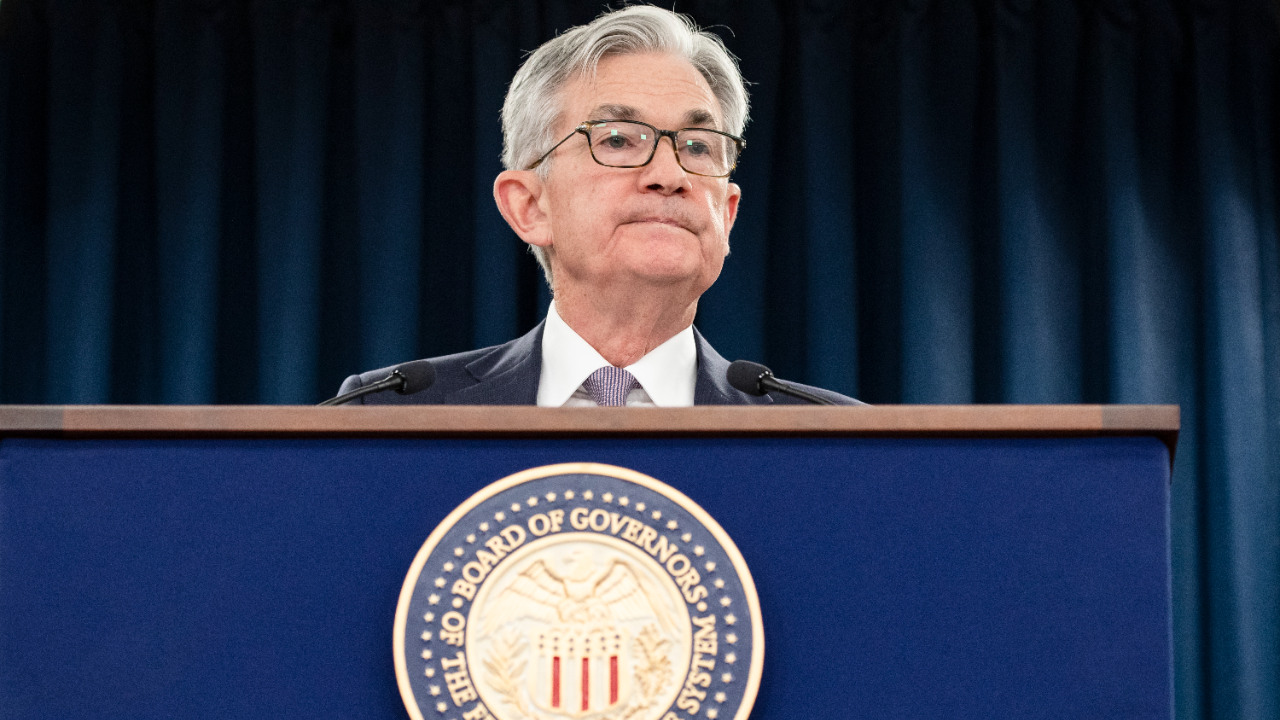
The speed with which mortgage rates have risen in recent days has been astounding, especially given that rates were already near their highest levels in more than a decade before it began. By yesterday afternoon, the average lender had risen to 6.28 % for a top-tier 30yr fixed quotation, up from 5.55 % on Thursday.
Last Friday’s Consumer Price Index (CPI), a key inflation report that showed prices growing faster than expected, kicked off the drama. Inflation is the Fed’s main concern right now, and it’s the main reason for their increasingly aggressive efforts to push rates in 2022.
However, the CPI alone would not have been worth the drama we witnessed. The recent frenzy was compounded by the fact that the financial market was aware of a Fed statement on Wednesday as well as the fact that the Fed was in its regularly scheduled “blackout period.” The Fed refrains from making public comments on monetary policy during the blackout period. To put it another way, markets were flying blind as to how the Fed would react to the CPI data, and the supposition ran wild.
The Federal Reserve does not determine mortgage rates, and its decisions do not have the same direct impact on mortgage rates as they do on other products such as savings accounts and CD rates. Key actors in the mortgage sector, on the other hand, keep a close eye on the Fed, and how the mortgage market interprets the Fed’s actions has an impact on how much you pay for your house loan.

The Federal Reserve increases its federal funds rate by three-quarters of a percentage point at the close of its June meeting, with further adjustments likely before the end of the year.
“Inflation remains elevated, reflecting supply-and-demand imbalances related to the pandemic, higher energy prices, and broader price pressures,” the Federal Open Market Committee said in a statement released after the meeting.
What Influences Mortgage Rates?
The 10-year Treasury rate is used to calculate fixed-rate mortgages. When that rate rises, so does the popular 30-year fixed-rate mortgage, and vice versa.
Other factors, such as supply and demand, have an impact on fixed mortgage rates. Mortgage lenders hike rates to reduce demand when they have too much business. When business is slow, they lower rates to attract new customers.
Inflation expectations on rates are also a factor. When inflation is low, interest rates tend to fall. Fixed mortgage rates rise in line with inflation.

The secondary market, where investors purchase MBS, is also important. Most lenders package the mortgages they underwrite and sell them to investors on the secondary market.
Mortgage rates tend to fall when investor demand is high. Rates may climb to attract purchasers if investors aren’t buying.
When individuals refinance or take out a new mortgage, the Fed’s activities have an indirect impact on the rates they pay on their fixed-rate house loans.
What do Fed Rate Decisions mean for Mortgages?
The federal funds rate is set by the Federal Reserve. This is the rate at which banks and other depository institutions lend money to one another overnight.
Short-term loans, such as credit card debt and adjustable-rate mortgages, are affected by the fed funds rate, which, unlike traditional fixed-rate mortgages, has a floating interest rate that fluctuates monthly with the market. Changes in the federal funds rate have little impact on fixed-rate mortgage rates over the long term.

Find out what interest rate or customer discount you might be eligible for if you have a relationship with a lender, bank, or credit union. Frequently, lenders will work with existing customers to provide them with a better deal than they could obtain elsewhere.
Since mortgage rates are rising, you should keep an eye on the Federal Reserve and the economy, as well as shop around for a rate that fits your budget and goals. As the Federal Reserve raises interest rates, mortgage rates will almost certainly rise.
Trending: The End of Internet Explorer 2022 – Microsoft Officially Kills It